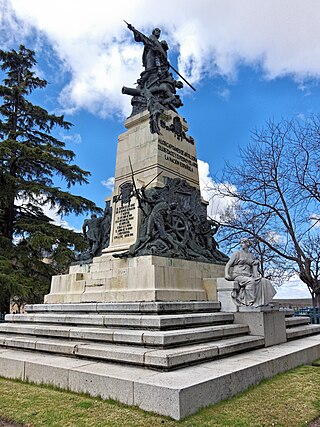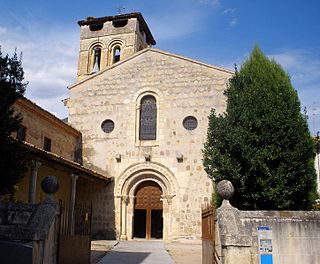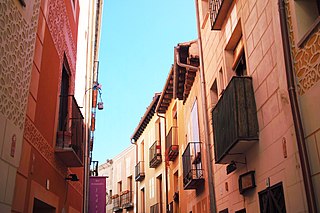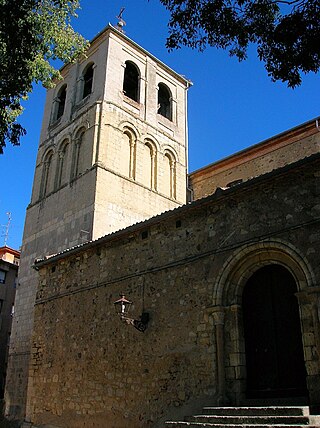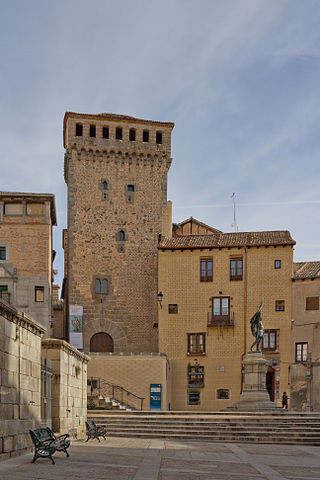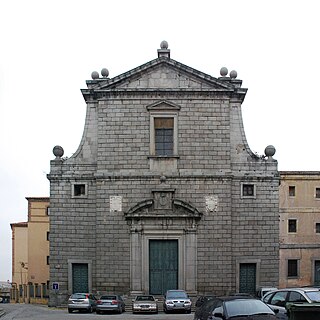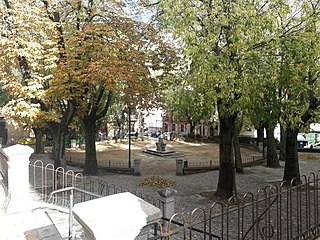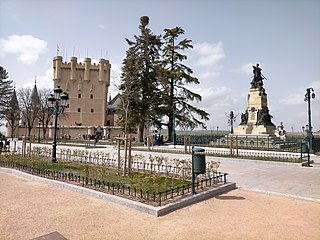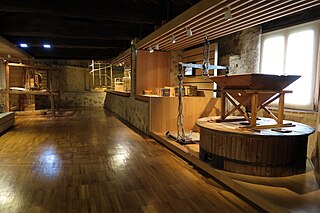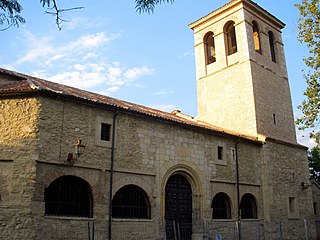23 Sights in Segovia, Spain (with Map and Images)
Legend
Premium Sights
Book tickets, guided tours and activities in Segovia.
Guided Free Walking Tours
Book free guided walking tours in Segovia.
Explore interesting sights in Segovia, Spain. Click on a marker on the map to view details about it. Underneath is an overview of the sights with images. A total of 23 sights are available in Segovia, Spain.
Sightseeing Tours in SegoviaActivities in SegoviaThe Aqueduct of Segovia is a Roman aqueduct in Segovia, Spain. It was built around the first century AD to channel water from springs in the mountains 17 kilometres (11 mi) away to the city's fountains, public baths and private houses, and was in use until 1973. Its elevated section, with its complete arcade of 167 arches, is one of the best-preserved Roman aqueduct bridges and the foremost symbol of Segovia, as evidenced by its presence on the city's coat of arms. The Old Town of Segovia and the aqueduct, were declared a UNESCO World Heritage Site in 1985.
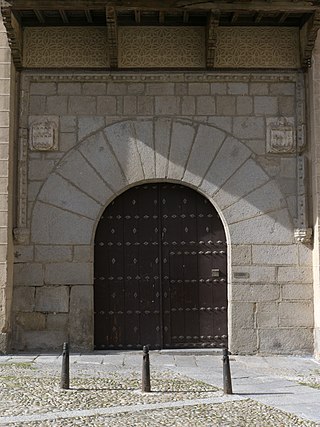
The Alhóndiga is a building in the Spanish city of Segovia, built at the beginning of the sixteenth century when the Catholic Monarchs were reigning. It is a building that belongs to the industrial Gothic style and is one of the few examples of industrial architecture that was built while Isabella and Ferdinand were still reigning.
3. Segovia
Segovia is a city in the autonomous community of Castile and León, Spain. It is the capital and most populated municipality of the Province of Segovia. Segovia is in the Inner Plateau, near the northern slopes of the Sistema Central range and on a bend of the Eresma river.
4. Fábrica de loza La Segoviana
The Loza La Segoviana factory, or Vargas factory, was located near the Eresma River in the San Lorenzo neighborhood of the city of Segovia. The first industry dedicated to Loza in that place was founded by the Segoviano Melitón Martín and Arranz in 1861, who raised the building on the old ruins of a textile factory that had been destroyed by a fire in the first quarter of the nineteenth century. After moving to the Vargas family for three generations, ceramic manufacturing ceased its production in 1992.
5. Museo de Arte Contemporáneo Esteban Vicente
The Esteban Vicente Contemporary Museum of Contemporary Art is a museum of the Spanish city of Segovia, which is based in the so -called Palace of Enrique IV. It exhibits works by painter Esteban Vicente, a native of the province. In 2017, a file was initiated to declare the museum collection as a good of cultural interest. This collection is formed by a set of works by the artist and the permanent collection as well as the documentary and bibliographic archive that houses the museum.
Wikipedia: Museo de Arte Contemporáneo Esteban Vicente (ES), Website
6. Ermita del Cristo del Mercado
The hermitage of Cristo del Mercado, located on Calle José Zorrilla in the city of Segovia (Spain), is a construction that dates back to the early years of the 15th century, coinciding with the arrival of San Vicente Ferrer in the city. The Santo Cristo de la Cruz del Mercado is venerated, popularly known as the Cristo de las Enagüillas because of the cloth that covers his legs. The temple has been declared an Asset of Cultural Interest with the category of Monument since 1997.
7. Iglesia de San Quirce
The church of San Quirce is a Romanesque style building from the 12th century, located in the Spanish city of Segovia, on Calle de Capuchinos Alta. Abandoned and converted into a hayloft and warehouse, it was acquired in 1927 to install the headquarters of the Popular University of Segovia and its workshops and, at the same time, save the valuable building from its more than likely disappearance. The restoration project was led by the architect Francisco Javier Cabello Dodero.
8. Casa de la Química
The Casa de la Química is located in the Plaza de la Reina Victoria Eugenia, east of the colossal fortress of the Alcázar of Segovia. The work of Sabatini and the most notable example of neoclassical architecture in Segovia, it is a building that, in addition to its architectural singularity, adds exceptional historical value as a cultural and scientific centre in a transcendental stage in the history of Spain.
9. Iglesia de la Veracruz
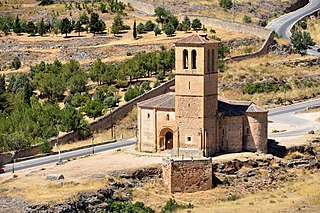
The church of the True Cross is a Roman Catholic church located in the San Marcos district of the city of Segovia, in the autonomous community of Castile and León, in Spain. Formerly known as the Church of Holy Sepulchre, it is located to the north of the city, very close to the convent of San Juan de la Cruz, on the slope that ascends to Zamarramala, a town of which it was, for centuries, a parish church.
10. Casa-Museo de Antonio Machado
The Machado House-Museum in Segovia is a traditional house used as a boarding house in the 19th century and part of the 20th century, located in the historic center of the city of Segovia (Spain). It was the house where the poet Antonio Machado lived between 1919 and 1932. Since the second half of the 20th century it has been administered by the Royal Academy of History and Art of San Quirce.
11. Museo Zuloaga
The Zuloaga Museum is a cultural institution of the Spanish State managed by the Community of Castilla y León, located in the Plaza de Colmenares, s/n. It is located in the old church of San Juan de los Caballeros, abandoned at the end of the nineteenth century, converted into a wood warehouse and garage, and which, acquired by Daniel Zuloaga in 1905, was renovated as a workshop and office.
12. Antigua Catedral de Segovia (desaparecida)
The old cathedral of Santa María de Segovia was a building located in the city of Segovia, today in the Autonomous Community of Castile and León (Spain), begun in the twelfth century and destroyed in 1520 during the War of the Communities of Castile. The space occupied by the building is currently the Plaza de la Reina Victoria Eugenia, where the Alcázar of Segovia is located.
13. Monumento a Daoiz y Velarde
The Monument to Daoiz and Velarde is an instance of public art in Segovia, Spain. Designed by Aniceto Marinas, it is a memorial to Luis Daoiz y Torres and Pedro Velarde y Santillán, two Spanish artillery officers who fell fighting against the French army at the 1808 Dos de Mayo Uprising, in the context of the Peninsular War. It is located near the Alcázar of Segovia.
14. Iglesia de San Justo
The Church of Saints Justo y Pastor is a Roman Catholic church located in Segovia, Spain, near the Plaza del Azoguejo, on the other side of the aqueduct. It is a Romanesque church built in the twelfth century on the remains of a hermitage that was originally dedicated to the Christ of the Gascons. Its Romanesque paintings are significant.
Wikipedia: Iglesia de los Santos Justo y Pastor (Segovia) (ES)
15. Centro Didáctico de la Judería
The Jewish Quarter of Segovia is a neighbourhood of the Spanish city of Segovia that was inhabited by the Jewish community at least from the twelfth century until their expulsion by the Edict of Granada promulgated by the Catholic Monarchs in 1492. At the time, it was one of the richest and most populated communities in all of Castile.
16. Iglesia de la Santísima Trinidad
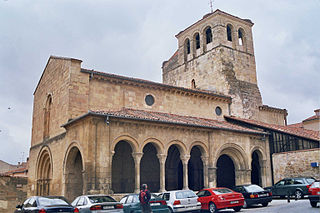
The Church of the Holy Trinity in Segovia (Spain) is a temple with a single nave covered with a half-barrel vault and a chancel with a curved apse preceded by a straight section. To the south is the atrium, as is common in Segovia's Romanesque. To the north, a Gothic chapel and two Baroque sacristies.
17. Iglesia de Santa Eulalia
The church of Santa Eulalia de Mérida is a Roman Catholic church dedicated to Santa Eulalia located in the city of Segovia, Castile and León, Spain. The main monument of the square of the same name, it is the epicentre of the old neighbourhood of Segovian cloth weavers, located outside the walls.
18. Medieval tower of Lozoya
The Torreón de Lozoya is one of the most emblematic buildings of civil architecture in the city of Segovia. It is a palatial complex with two towers, a courtyard and a garden with an arcaded gallery. A strong towered house very common in Segovia between the thirteenth and fifteenth centuries.
19. Iglesia de San Felipe y Santiago
The church of the Company of Jesus is a Catholic worship temple located in the Spanish city of Segovia. It was built in the last third of the 16th century on the project of Italian architect Giuseppe Valeriano for the Company of Jesus, under the advocation of San Philip and Santiago.
20. Plaza de Santa Eulalia
Plaza de Santa Eulalia is located in the city of Segovia, Castile and León, Spain. It is the centre of the Santa Eulalia neighbourhood and was declared an Asset of Cultural Interest on 19 February 2017. The main monument in the square is the church of Santa Eulalia.
21. Plaza de Reina Victoria Eugenia
The Plaza de la Reina Victoria Eugenia, located in the city of Segovia (Spain) and prelude to its Alcázar, is a first -order historical environment, protected by UNESCO in its statement of World Heritage of Humanity of the year 1985.
22. Museo de Segovia
The Segovia Museum in the House of the Sun of the Segovian capital, is a cultural institution of the Spanish State managed by the community of Castilla y León, which custody historical pieces mainly from the province of Segovia.
23. Iglesia de Santo Tomás
The Church of Santo Tomás Apóstol is a Roman Catholic church located next to the Paseo de Ezequiel González, in the neighborhood of the same name, in the city of Segovia, in the autonomous community of Castile and León.
Share
Disclaimer Please be aware of your surroundings and do not enter private property. We are not liable for any damages that occur during the tours.
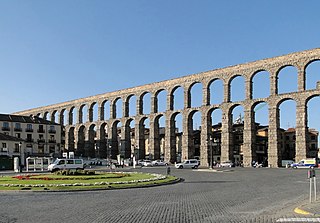
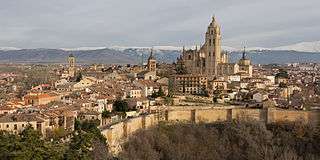
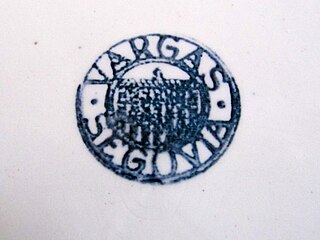
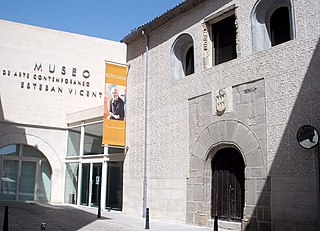
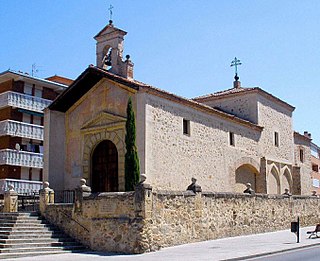
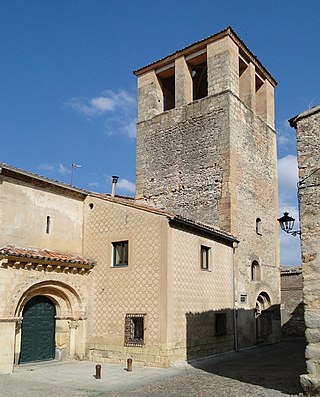
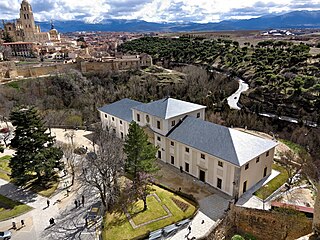
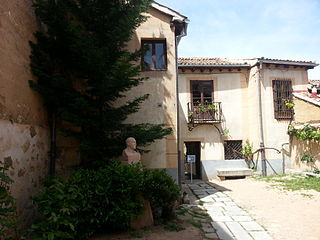
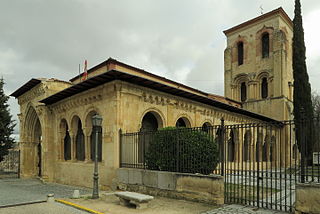
.jpg)
